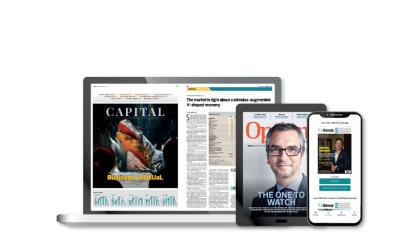 “What sets us apart is our proprietary Lifecycle Categorization Research framework. At PineBridge, we believe companies should be analysed in the context of their lifecycle rather than by sector or style,” she says.
This framework, consistently implemented since the 1990s, assesses and values companies based on comparisons to peers within their maturity and developmental stage.
“What sets us apart is our proprietary Lifecycle Categorization Research framework. At PineBridge, we believe companies should be analysed in the context of their lifecycle rather than by sector or style,” she says.
This framework, consistently implemented since the 1990s, assesses and values companies based on comparisons to peers within their maturity and developmental stage.
See also: SPDR Straits Times Index ETF proves its strength as core Singapore market exposure
 In addition, the team’s quantitative model, which incorporates over 200 investment factors, drills down to the very bottom of each stock’s fundamentals and trading opportunities. This model systematically ranks stocks within their lifecycle category based on their relative attractiveness across three dimensions: quality, sentiment, and valuation. Quality measures the stock’s financial strength, profitability, and balance sheet stability; sentiment captures market perception, earnings momentum, and analyst revisions; and valuation identifies attractively priced stocks relative to their fundamentals.
In addition, the team’s quantitative model, which incorporates over 200 investment factors, drills down to the very bottom of each stock’s fundamentals and trading opportunities. This model systematically ranks stocks within their lifecycle category based on their relative attractiveness across three dimensions: quality, sentiment, and valuation. Quality measures the stock’s financial strength, profitability, and balance sheet stability; sentiment captures market perception, earnings momentum, and analyst revisions; and valuation identifies attractively priced stocks relative to their fundamentals.
See also: Big firms get bigger, thematic funds get smaller and private markets are tough: Morningstar










